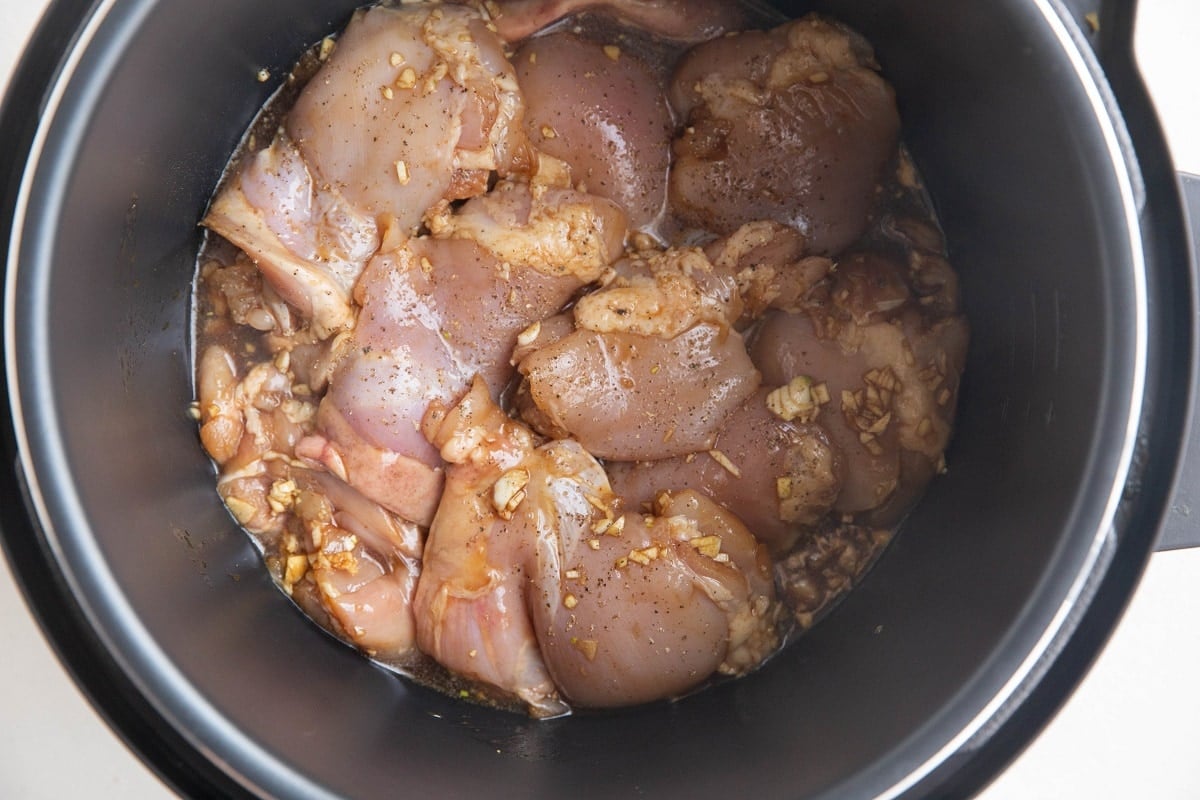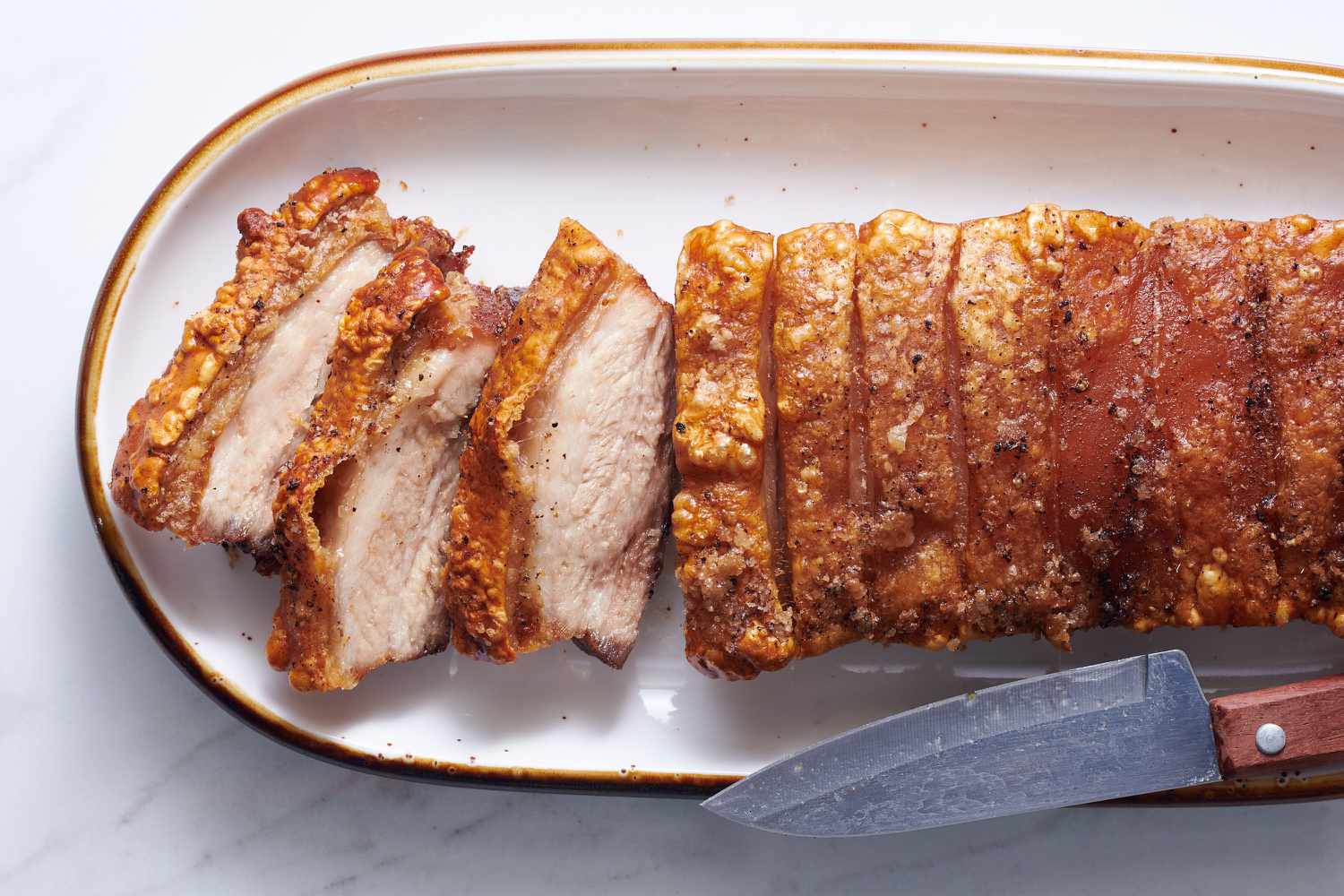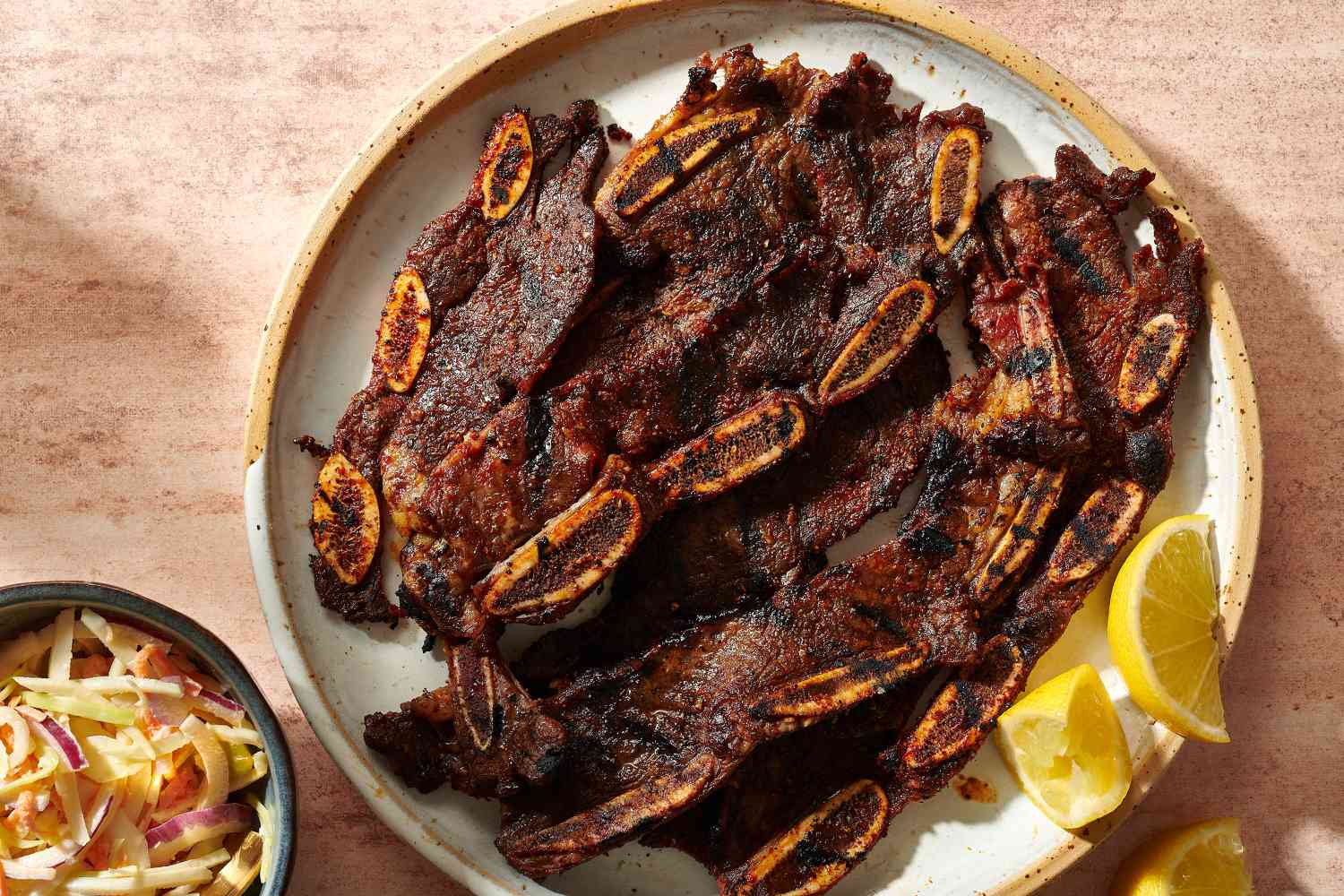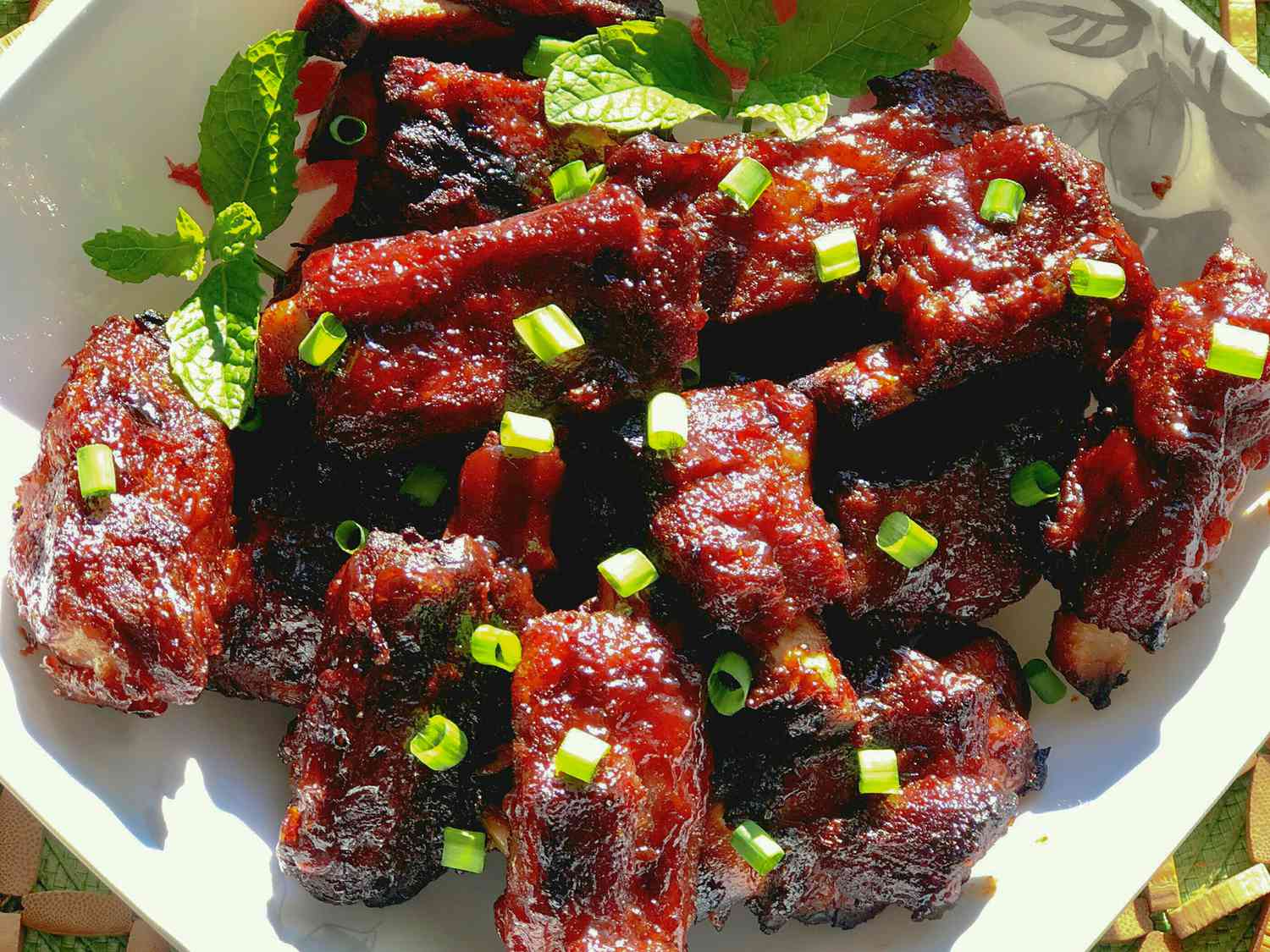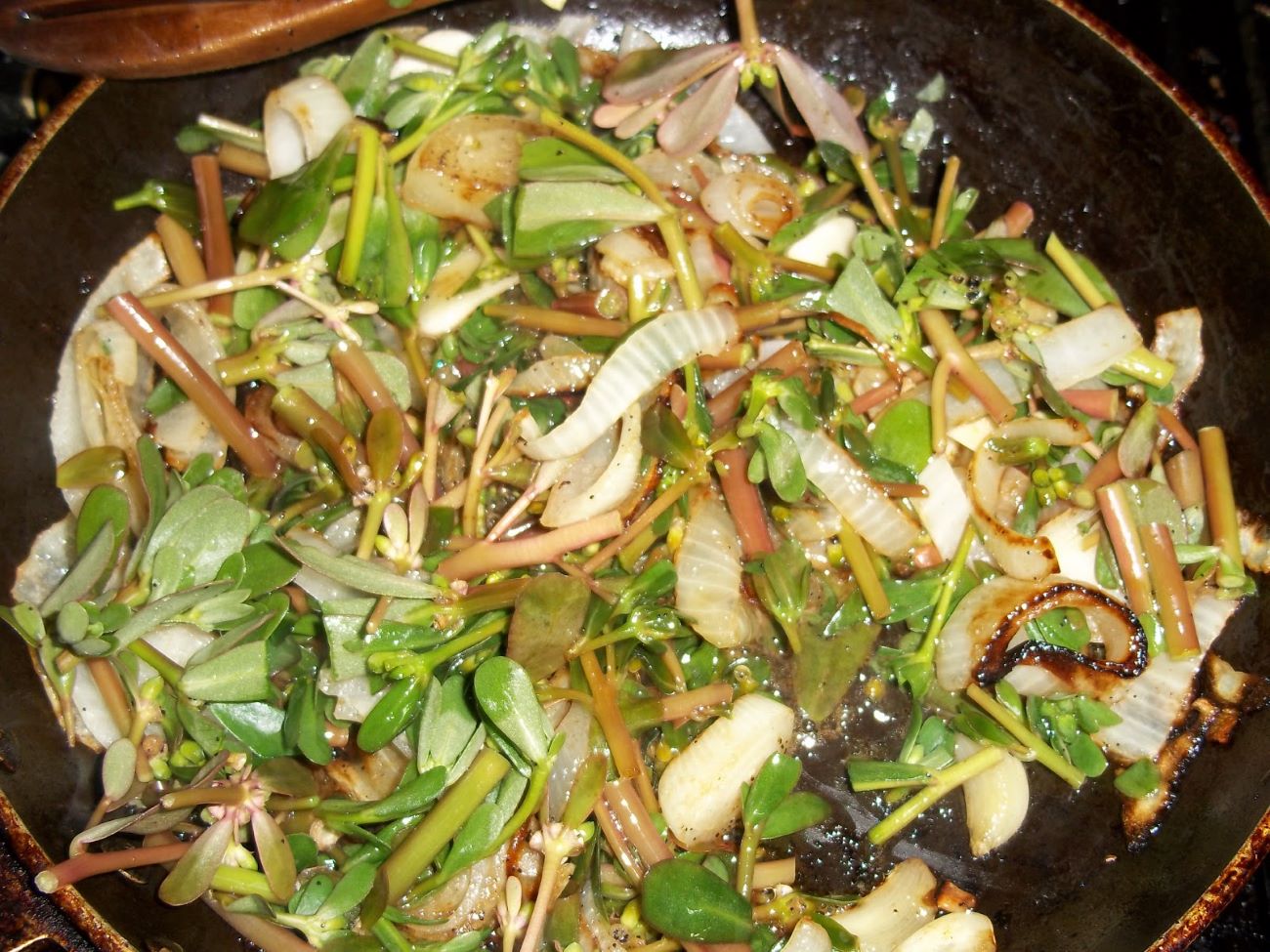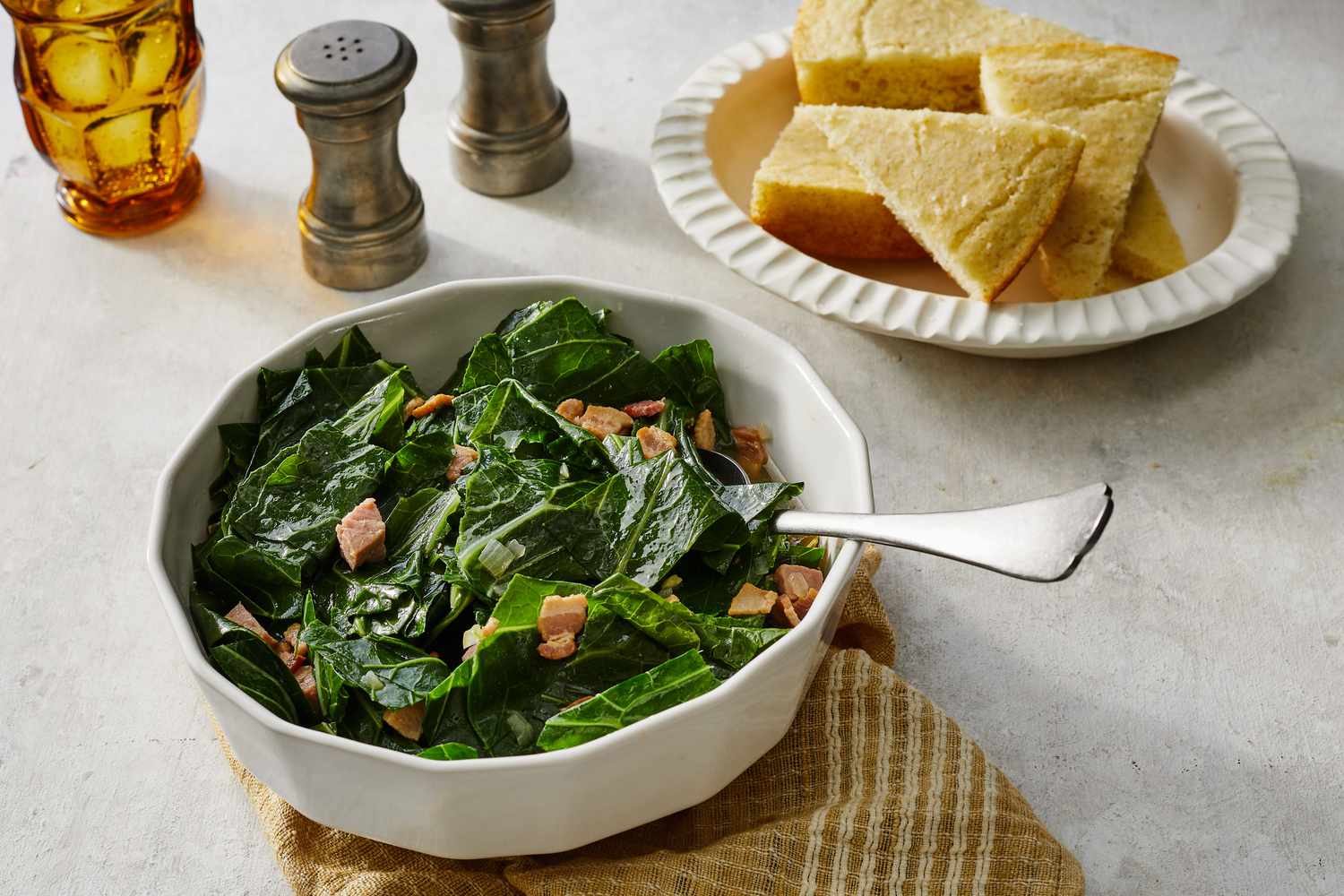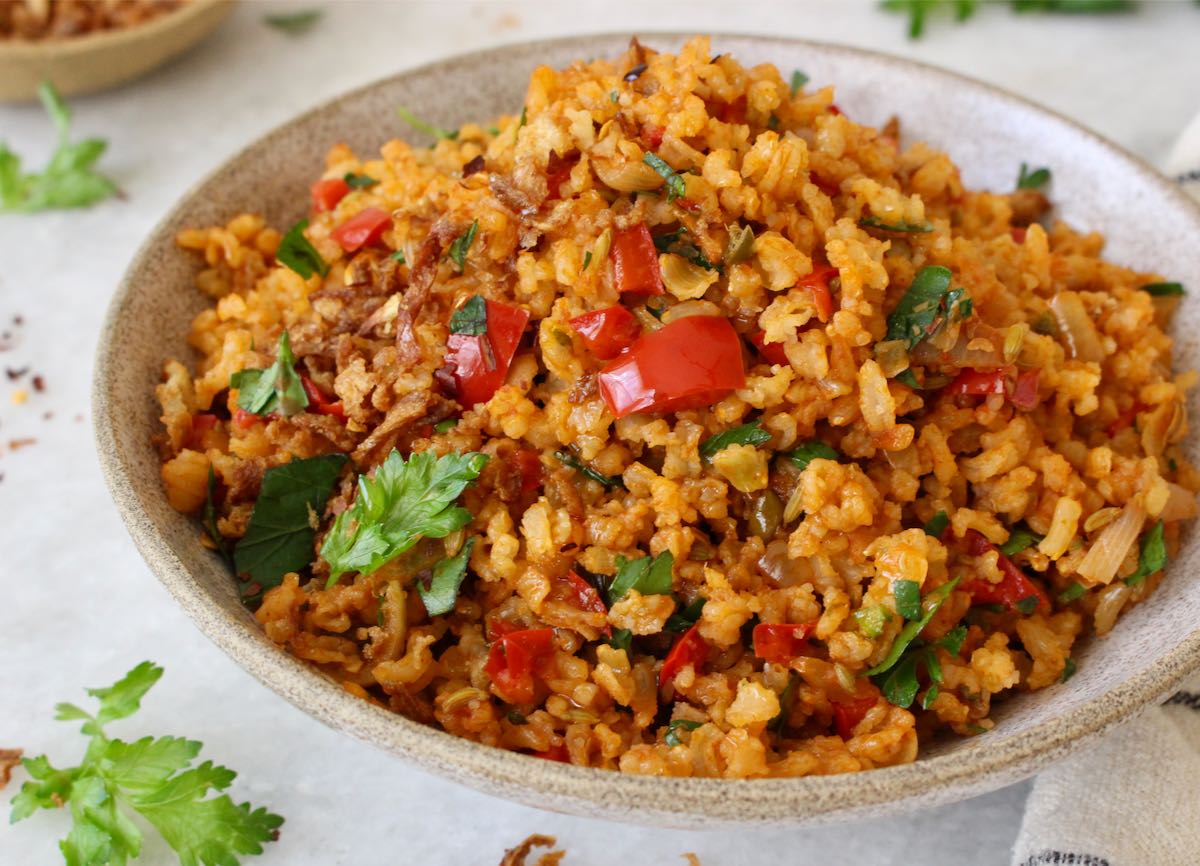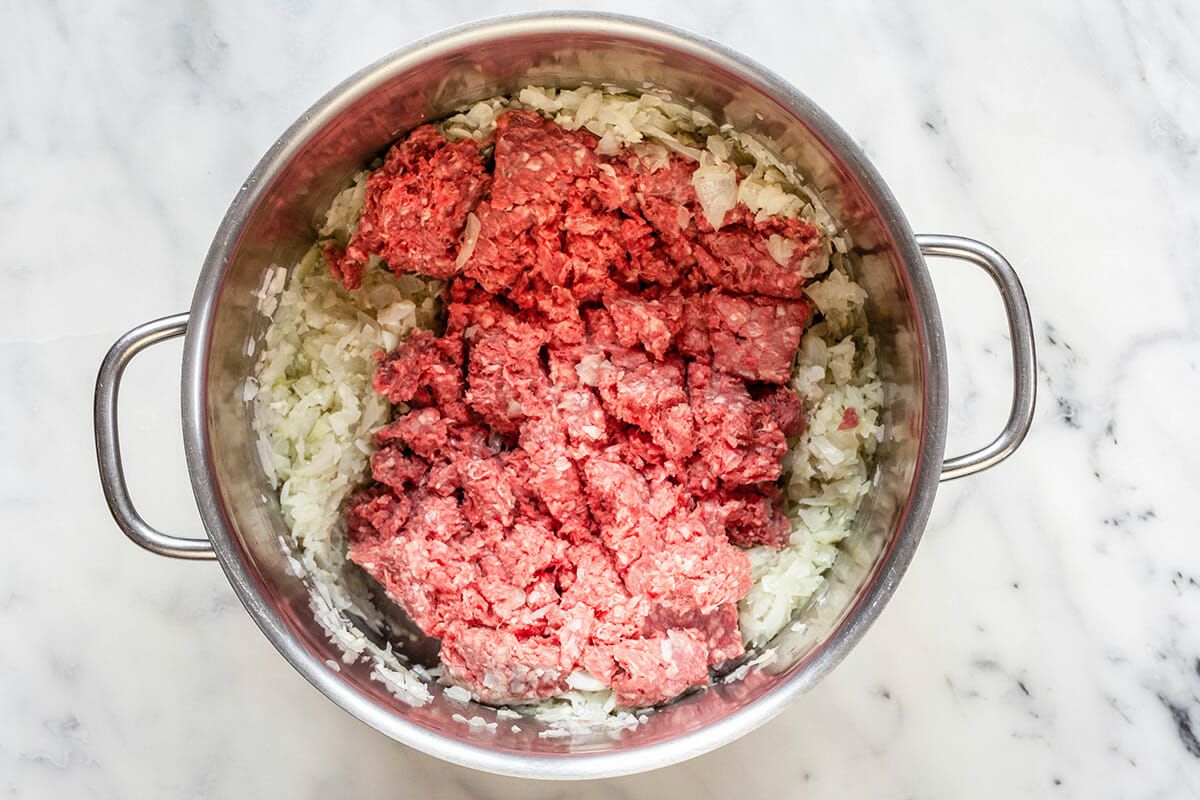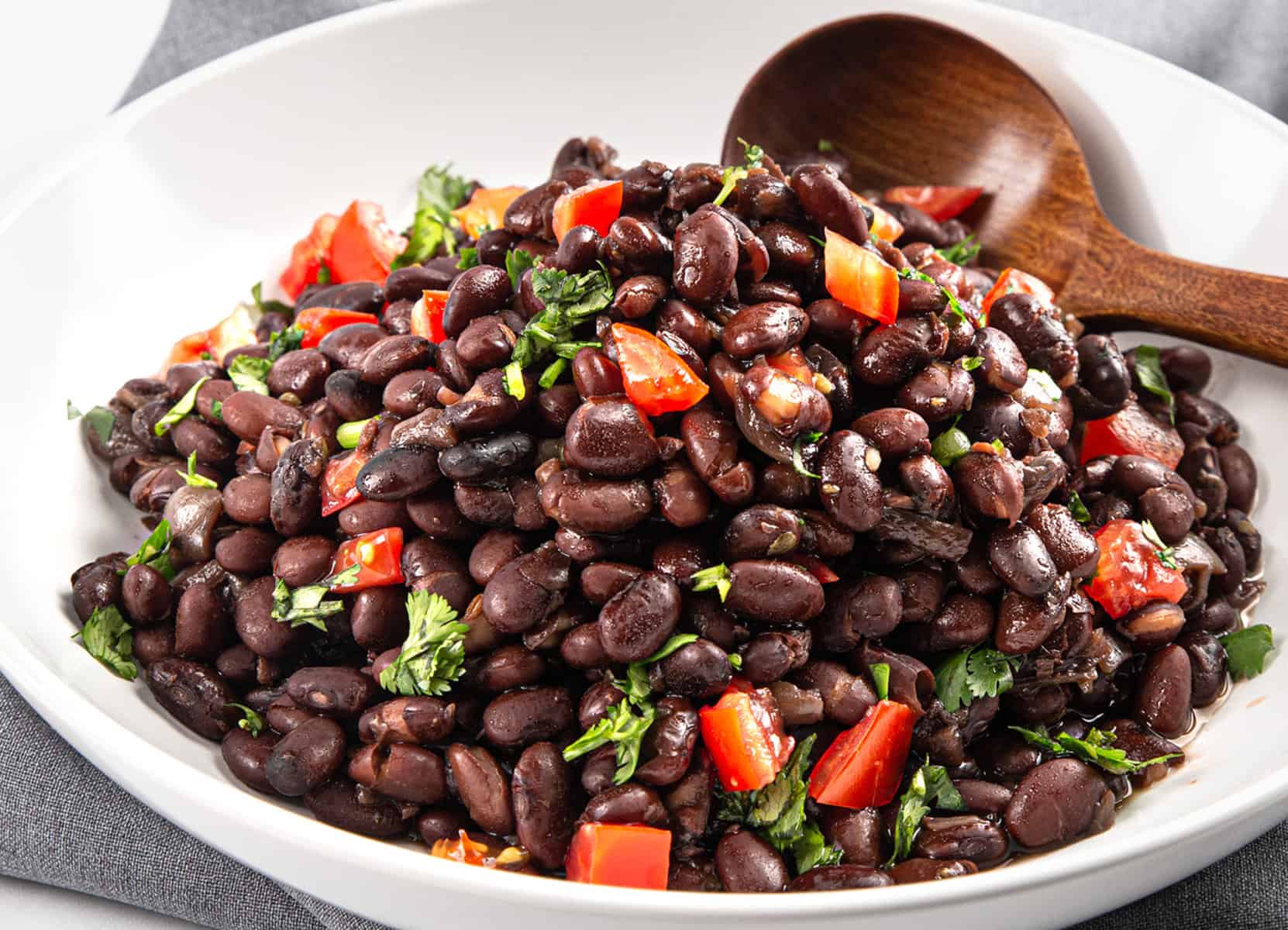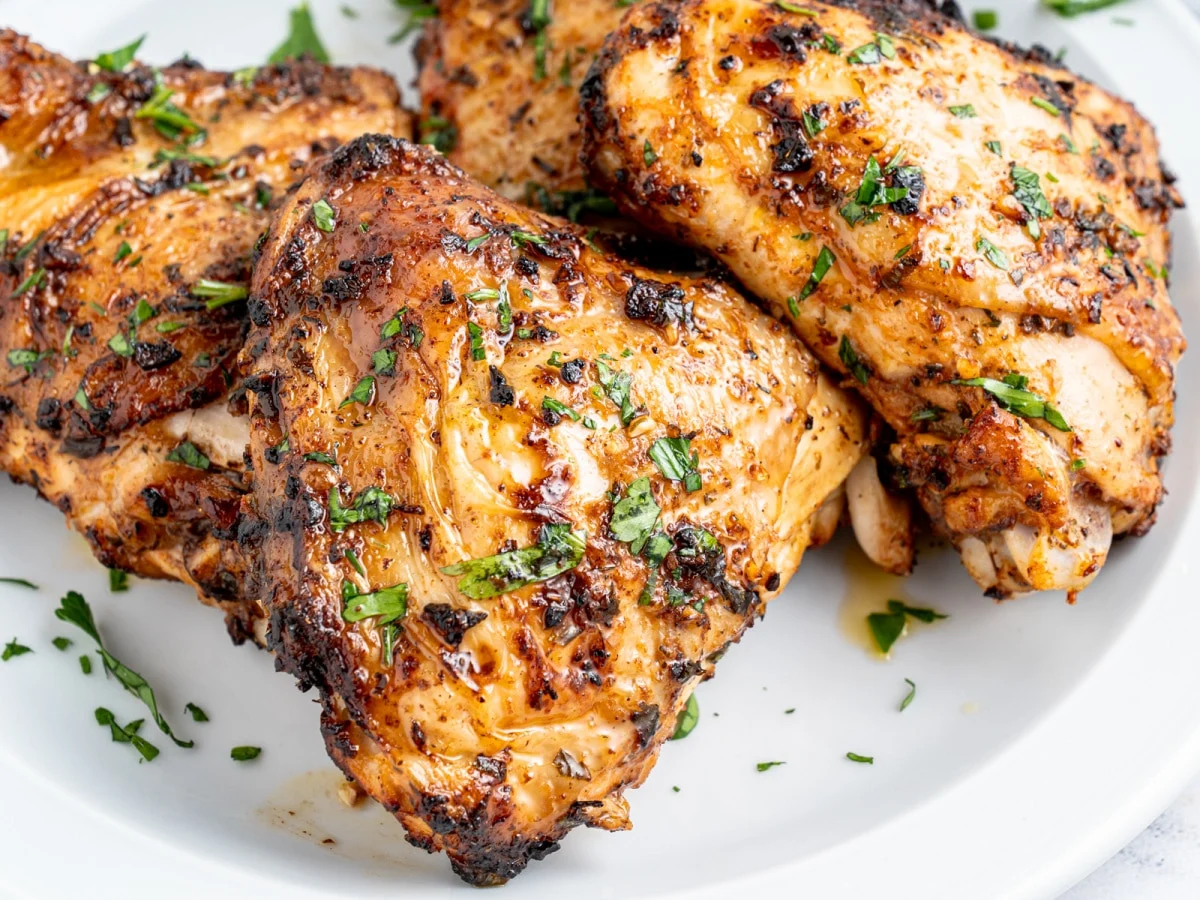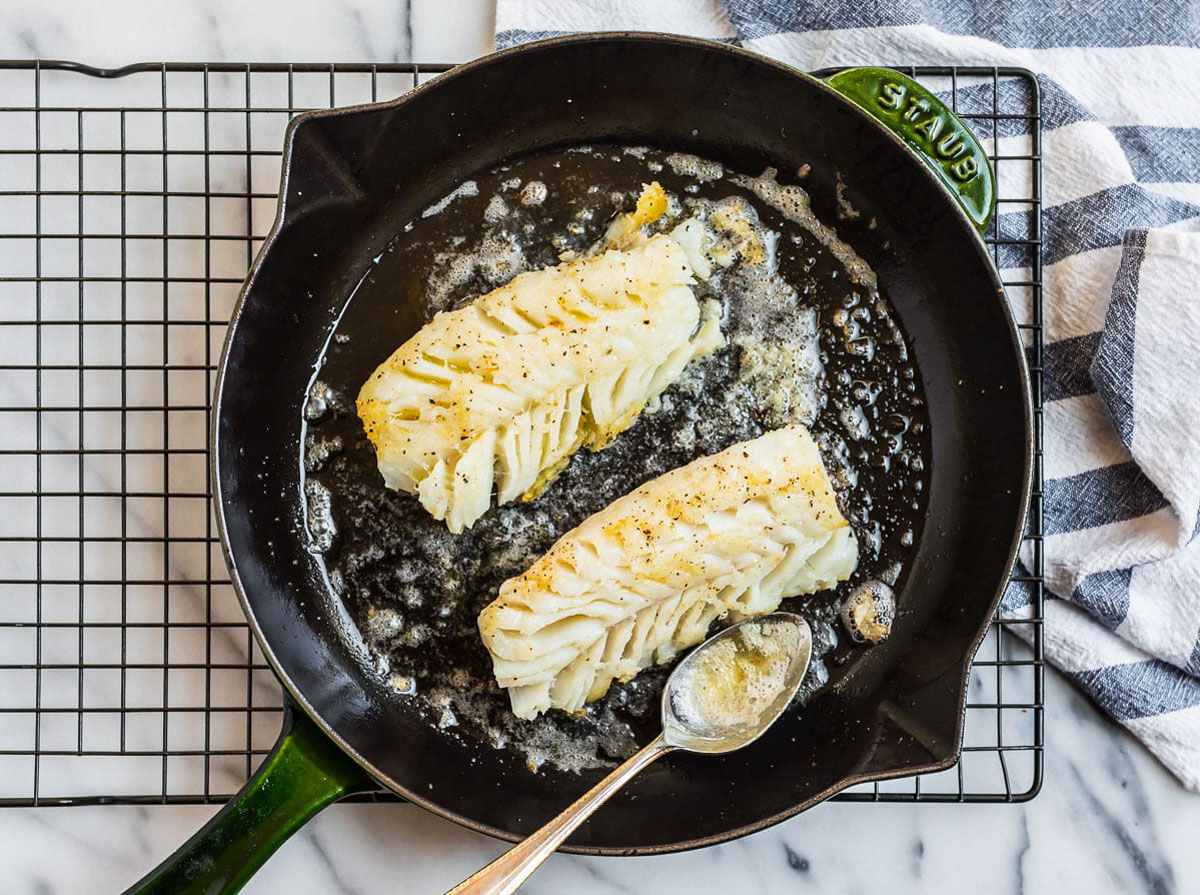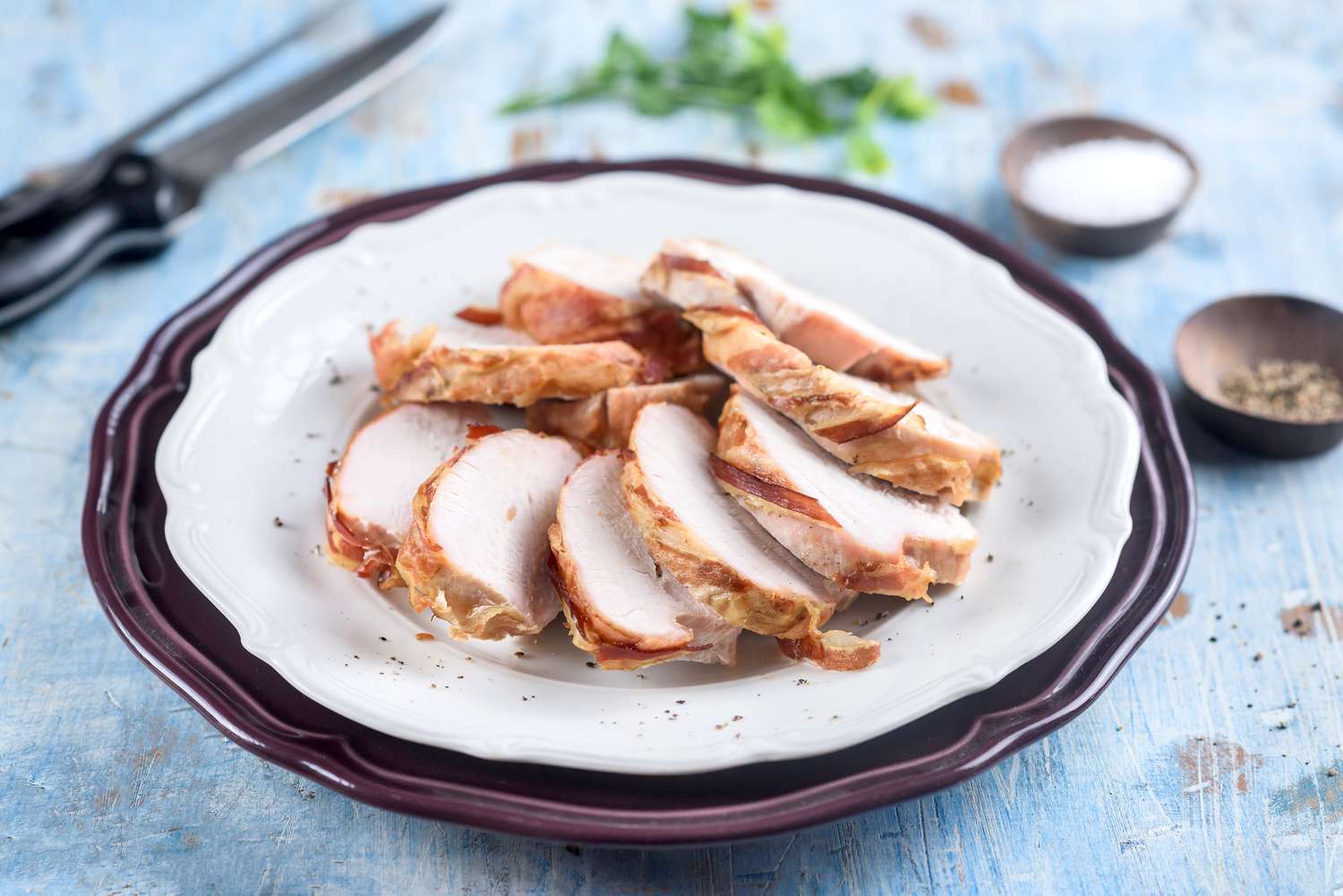Master the Art of Cooking Chinese Noodles
If you’re a fan of Asian cuisine, then you’ve probably indulged in the deliciousness of Chinese noodles at some point. Whether it’s the classic lo mein or the comforting noodle soup, knowing how to cook Chinese noodles will allow you to create authentic and mouthwatering dishes right in your own kitchen.
Choose the Right Noodle
Before you embark on your culinary adventure, it’s important to choose the right type of Chinese noodle for your dish. With numerous varieties available, each with its own unique texture and flavor, selecting the perfect noodle will elevate your dish to new heights.
- Egg noodles: These noodles are commonly used in stir-fried dishes, such as chow mein. They have a slightly chewy texture and a rich, yellow color.
- Rice noodles: Made from rice flour, these noodles are delicate and thin. They are perfect for dishes like pad Thai or in soups.
- Lo mein noodles: These thick, wheat-based noodles are used in many stir-fry dishes. They have a chewy texture and absorb flavors well.
Preparation is Key
Once you have chosen your noodles, it’s time to prepare them for cooking. Follow these steps to ensure that your Chinese noodles turn out perfect every time:
- Boil a pot of water with a pinch of salt. The salt helps to flavor the noodles as they cook.
- Add the noodles to the boiling water and cook according to the package instructions. The cooking time may vary depending on the type and thickness of the noodle.
- Once cooked, drain the noodles and rinse them with cold water to stop the cooking process. This will help prevent them from becoming mushy.
- Toss the noodles with a small amount of oil to prevent them from sticking together. Use sesame oil for an added depth of flavor.
Cooking Techniques
Now that your noodles are prepared, it’s time to dive into various cooking techniques to create delectable Chinese noodle dishes.
Stir-Frying:
Stir-frying is one of the most popular techniques for cooking Chinese noodles. It involves quickly frying the noodles and other ingredients in a hot wok or skillet.
Follow these steps for a perfect stir-fry:
- Heat a tablespoon of oil in a wok or skillet over high heat.
- Add your choice of protein, such as sliced chicken, beef, or shrimp, and cook until fully cooked and lightly browned.
- Toss in your vegetables, such as bell peppers, carrots, and snap peas, and stir-fry for a couple of minutes until they are crisp-tender.
- Add the cooked noodles and sauce of your choice, such as soy sauce or oyster sauce.
- Toss everything together in the wok or skillet, making sure the noodles are well coated in the sauce.
- Garnish with fresh herbs, such as cilantro or green onions, and enjoy your delicious stir-fried noodles!
Noodle Soup:
Another popular way to enjoy Chinese noodles is in a comforting bowl of noodle soup. Here’s how you can create a flavorful noodle soup:
- Start by making a flavorful broth. You can use chicken, beef, or vegetable broth as a base.
- Add aromatics like ginger, garlic, and onion to infuse the broth with delicious flavors.
- Bring the broth to a simmer and add your choice of vegetables, such as bok choy, mushrooms, and bean sprouts.
- Cook the noodles separately according to the package instructions, then drain and set aside.
- Once the vegetables are tender, add the cooked noodles to the broth and let them heat through.
- Taste the broth and adjust the seasoning with soy sauce, salt, or pepper.
- Serve the noodle soup hot, topped with sliced green onions or cilantro.
Experiment with Flavors
Now that you have mastered the art of cooking Chinese noodles, don’t be afraid to get creative with flavors and ingredients. Add a touch of heat with chili oil, or try different combinations of sauces and spices to create your own signature dish. The possibilities are endless!
So, the next time you’re craving Chinese cuisine, skip the takeout and whip up your own delicious Chinese noodle dish at home. With a bit of practice and a few key techniques, you’ll be impressing your family and friends with your culinary skills.
1. Bring a pot of water to a rolling boil.
2. Add the noodles and stir gently to separate them.
3. Cook according to the package instructions or until they reach the desired tenderness.
4. Taste a strand to check for doneness.
5. Drain immediately and rinse with cold water to stop the cooking process.
– Lo Mein: Stir-fried wheat noodles with vegetables and protein, cooked in a flavorful sauce.
– Dan Dan Noodles: Spicy Sichuan noodles with minced meat, chili oil, and a savory sauce.
– Chow Mein: Crispy egg noodles served with vegetables, meat, and a sauce.
– Peking Duck Noodles: Noodles topped with succulent Peking duck slices and a rich broth.
– Beef Ho Fun: Wide rice noodles stir-fried with tender beef and aromatic Chinese sauces.
1. Allow them to cool completely.
2. Place them in an airtight container or resealable bag.
3. Store in the refrigerator for up to 3 days.
4. When ready to reheat, you can either microwave them with a little water or briefly stir-fry them to warm them up.
Was this page helpful?
Read Next: How To Cook Brats In Beer
